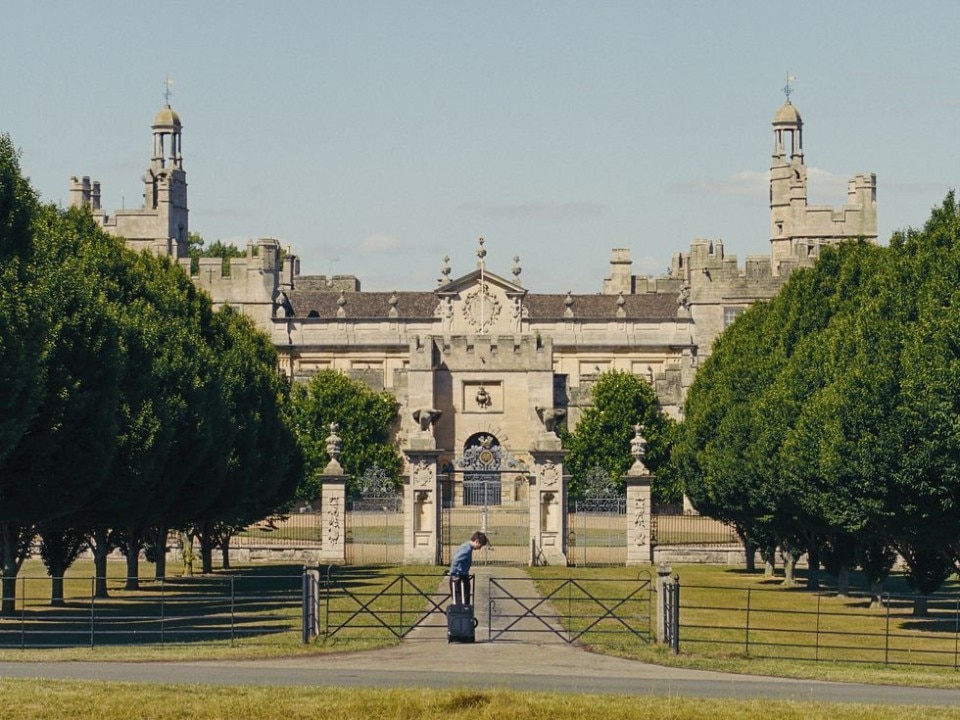Warning: this article reveals many relevant twists and turns from the film. It is recommended to read it after seeing the film.
Upon closer inspection, films can also be read as architecture. Saltburn – the second feature by British author Emerald Fennel, and Oscar winner for her screenplay of A Promising Woman – stands an emblematic and paradigmatic example.
The film’s narrative structure rests upon three pivotal sequence shots placed at its beginning, middle, and end. The first captures young Oliver Quick from behind – a middle-class student and scholarship recipient – as he briskly walks into Oxford University, the secular domain of aristocratic rich kids. In this upper-class fiefdom, Oliver is looked upon with distrust and is treated as an outsider, a pariah, an interloper. Despite this, Oliver is drawn to this world, in particular to Felix Catton, the most handsome, affluent, charming, and somewhat maudit among his peers. And it is – intentionally – not clear whether Oliver’s is more of an erotic attraction or a desire for social redemption.
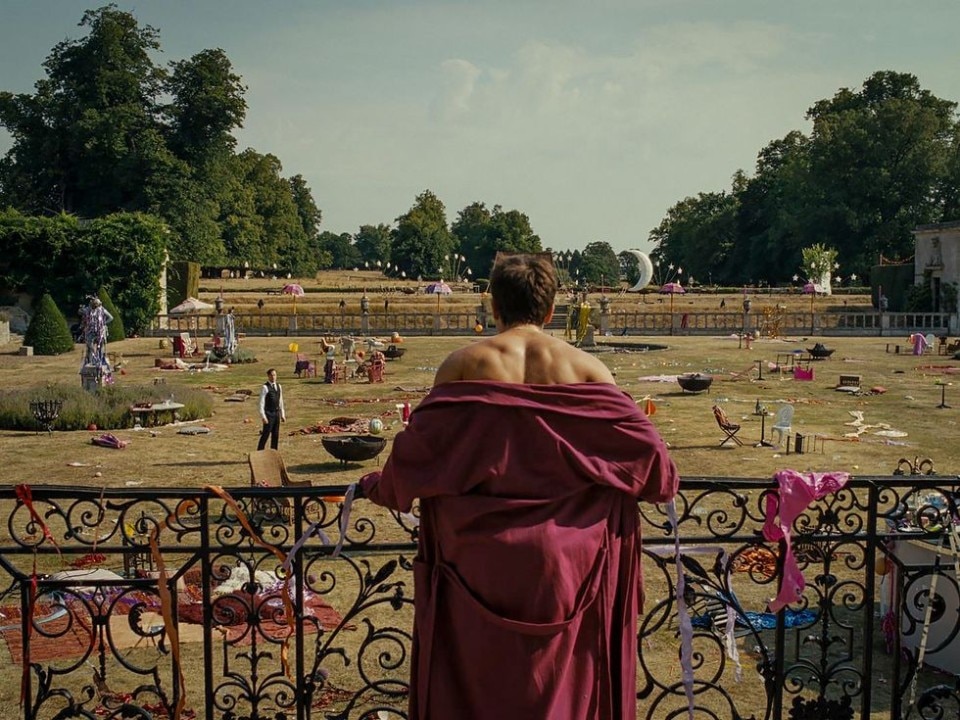
The second sequence presents the charming Felix leading Oliver to the opulent family estate, Saltburn, where he invites him for the summer. Lastly, the third sequence shot shows Oliver naked, dancing and twirling his way back through Saltburn’s rooms, halls, and hallways. Oliver has taken ownership of the estate through a shrewd and cunning yet ingenious and unpredictable strategy. Around these three main pillars, which can be traced back to the same “type” of architecture-narrative (spatial exploration in dynamic continuity, almost echoing a famous text by Arnheim), director Emerald Fennell orchestrates a narrative that skillfully oscillates between amour fou, revenge, and social drama.
What we don’t know is that Oliver is a liar, a deceitful narrator. He is like an architect littering his design with illusory perspectives or trompe l’oeil effects.
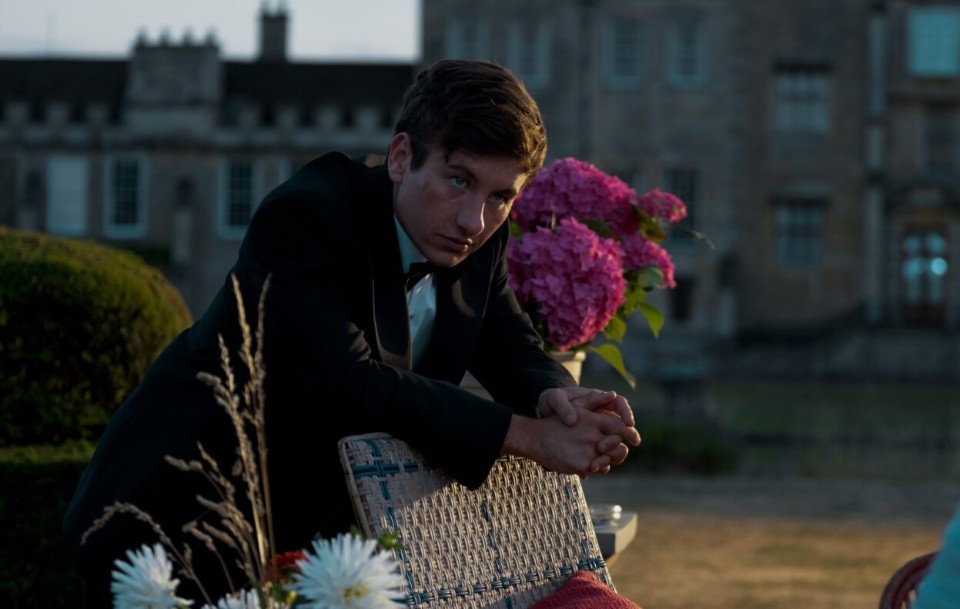
The narrative is crafted through Oliver’s lens. In the beginning, we see ghim in the foreground saying “It was impossible not to love Felix” while a fast and detailed editing of bodies, objects, and gestures foreshadows some of the forthcoming events. It is as if he is throwing bait to catch (or divert?) the viewer’s attention. What follows is one long flashback structured – indeed – around these three supporting pillars, the three spatial explorations that hold the story up. But what we don’t know – at least at first – is that Oliver is a liar, a deceitful narrator. He is like an architect littering his design with illusory perspectives or trompe l’oeil effects. For example, Oliver doesn’t say everything; he omits important details – what really happened to the wheel of Felix’s bike? – glosses over certain passages, plays with ellipses and allusions, only to reveal the whole truth – for example, about his family and his father – later.
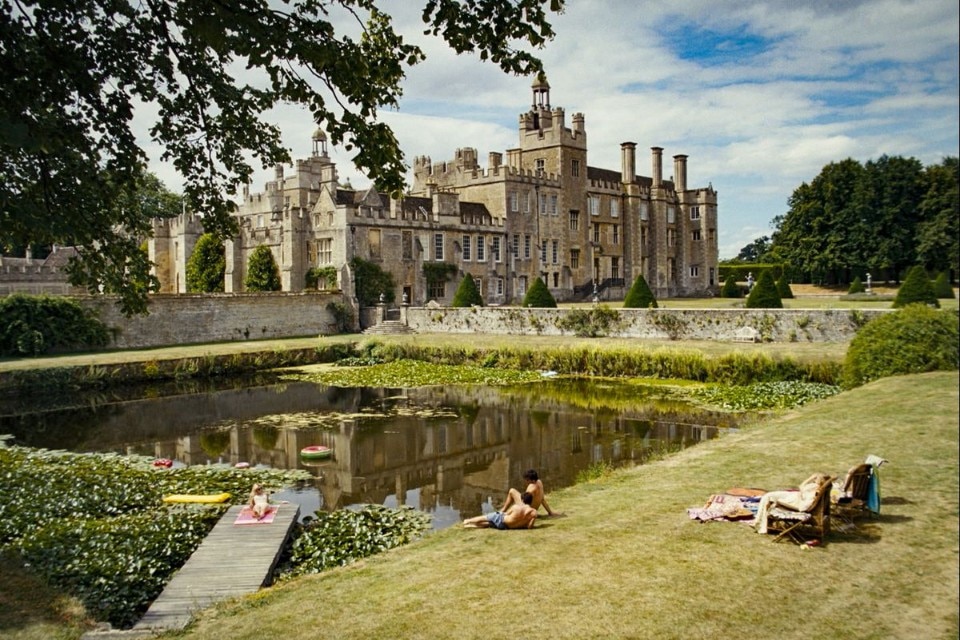
From an architectural point of view, his narrative structure is like a building in which not all rooms are accessible and where there are misleading signs and floor plans. It’s one of those buildings where you thought you were in one place and instead find yourself in another. Like an architecture that reveals its true nature only at a second or third glance, also Saltburn – the film – resembles the castle-like building which it takes its name from – the Catton family estate, where even Richard III and Henry VIII have lodged over the centuries. The estate is a labyrinthine place in which it is easy to get lost, it’s a stage for centuries-old social play (unsurprisingly, the little theater with the 4 puppets is the central and recurring metaphor) where one lives wearing stage clothes (the dress code for the various moments of the day) and where curtains function as theater curtains and the bathroom between two rooms is – not by chance – shared. And above all, the estate is a place where only those who have the privilege of observing the model of the labyrinth from above (a bit like in Kubrick’s The Shining) can delude themselves that they own the space and dominate it. But it is, indeed, only an illusion: for at Saltburn everyone is lost, and only the outsider, the interloper, the parvenu who comes from outside can really and conceptually dominate the place – because they desire it – and subjugate those who inhabit it – because they hate and love them at the same time.
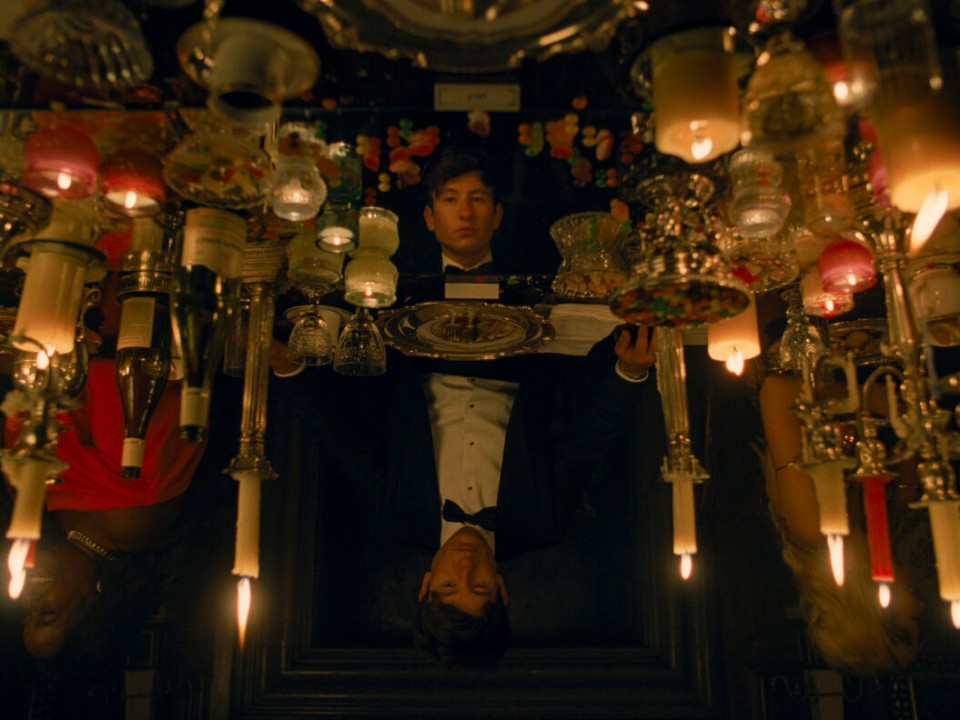
Oliver Quick belongs to the same species as Parasite’s family of paupers, yet closely related to Kubrick’s Barry Lyndon and Highsmith’s Mr. Ripley: a social climber who weaves his web with fierce cynicism but who, unlike his fictional ancestors, is also driven by obsessive love and a totalizing and destructive desire for at least one (only one?) of his victims.
And it is precisely onto this impetuosity of Eros that the scenes many have deemed “disturbing” on Tik Tok are grafted. They are three scenes dealing respectively with a bathtub in which one of the characters masturbated, the menstrual blood of the protagonist’s sister, and the damp earth covering a grave that becomes an object-place of desire. But “disturbing” in cinema means more than that: and one need only think of Pasolini (whose Theorem is perhaps Saltburn’s most recognizable inspiration) to be reminded of what it means to generate images that are truly capable of shattering the viewer’s certainties.
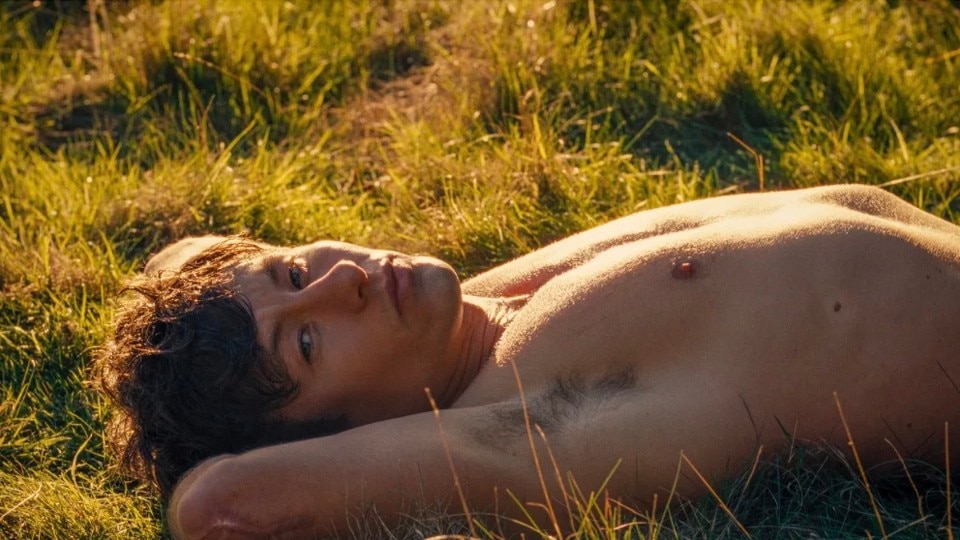
Here, if anything, we are faced with a strategy aimed at épater le bourgeois and confusing the audience, first by making them believe that they are in the midst of a fluid melodrama and then revealing to them that they are actually watching a revenge movie, only to ultimately unveil a contemporary form of class struggle that is expressed through a mixture of love and hatred towards one's antagonist. Who is really Felix to Oliver? The object of sexual desire? Or the social model he aspires to destroy to take the place of? Or both? I think the most fascinating element (and, perhaps, also the most disturbing) lies in this ambiguity, just like those architectures in which the deeper you go the more they reveal themselves to be different from what you had thought they were.
Saltburn is now streaming on Prime Video.
Opening image: Courtesy of MGM and Amazon Studios


